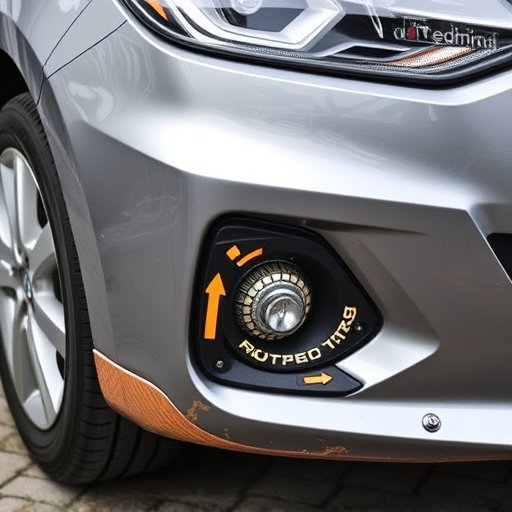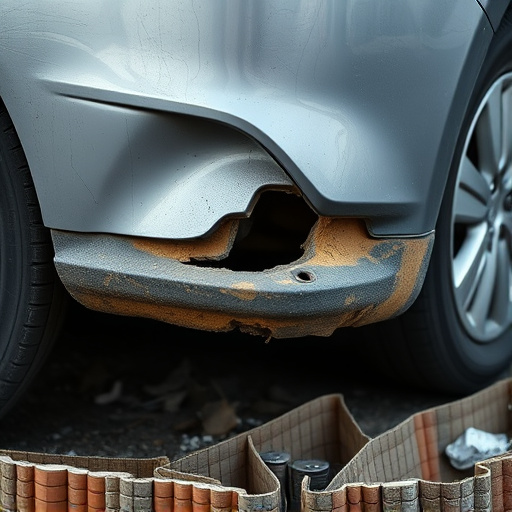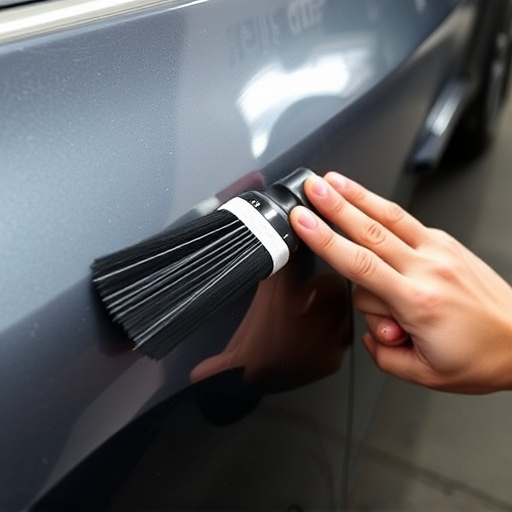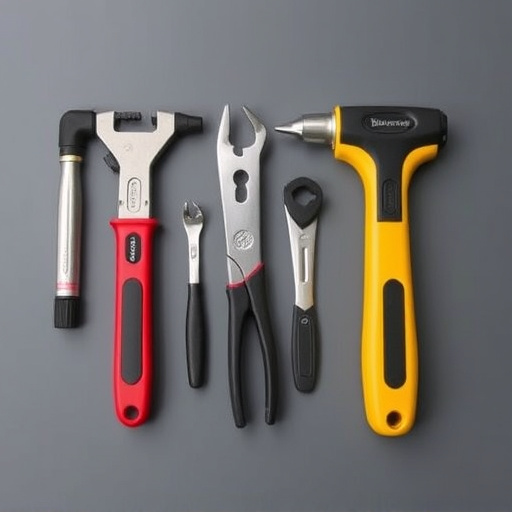Collision repair estimates vary between verbal and written forms. Verbal estimates are convenient for immediate decisions but lack detail. Written estimates provide comprehensive records using software to document damage, enabling customers to compare proposals, manage budgets, and prevent disputes. When comparing estimates, examine the scope of work, material quality, labor rates, references, and online reviews for informed choices.
Collision repair estimates can be presented in two primary forms: verbal and written. This article explores the nuances between these approaches, highlighting their unique advantages and disadvantages. We delve into how each method communicates essential details about proposed repairs, costs, and timelines. By understanding these differences, consumers can make informed decisions, ensuring they receive accurate and transparent collision repair estimates tailored to their needs.
- Understanding Verbal vs. Written Estimates
- Advantages and Disadvantages of Each Approach
- Tips for Comparing and Choosing Repair Options
Understanding Verbal vs. Written Estimates

When it comes to collision repair estimates, understanding the difference between verbal and written forms is crucial for any car owner. Verbal estimates, often given over the phone or in person, involve a technician describing the necessary repairs and their costs. This method can be convenient but may lack detail, as the estimate relies on the technician’s memory and communication skills. On the other hand, written collision repair estimates provide a comprehensive overview of the damage assessment.
Written estimates are typically generated by collision repair centers using specialized software, ensuring every aspect of the car’s damage, from frame straightening to body panel replacements, is accurately documented. This detailed approach allows customers to compare different repair shops’ proposals and select the best option for their vehicle’s needs, ultimately facilitating informed decisions regarding car repair services.
Advantages and Disadvantages of Each Approach
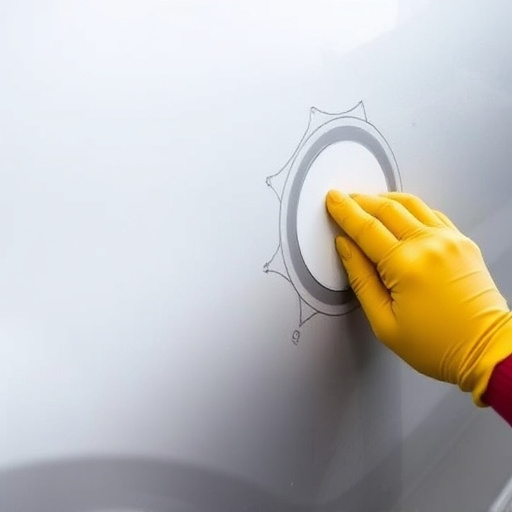
Advantages and Disadvantages of Verbal vs. Written Collision Repair Estimates
Verbal collision repair estimates offer several benefits. They allow for immediate communication, enabling customers to ask questions on the spot and gain real-time understanding of the needed repairs and associated costs. This approach is particularly beneficial in urgent situations where quick decision-making is crucial, such as after a road accident involving a damaged vehicle. Verbal estimates also accommodate dynamic scenarios where the extent of repairs might change during the assessment process, allowing for more flexibility.
On the other hand, written collision repair estimates provide a more detailed and permanent record of the agreed-upon repairs and costs. They are essential for tracking and managing budget, especially in fleet repair services or when dealing with insurance claims. Written estimates facilitate better accountability and ensure all parties have a clear understanding of the work to be done. While less immediate, they offer a thorough documentation that can serve as reference for future vehicle repair needs, including car dent removal, ensuring consistency and preventing any potential disputes over services rendered or costs incurred.
Tips for Comparing and Choosing Repair Options
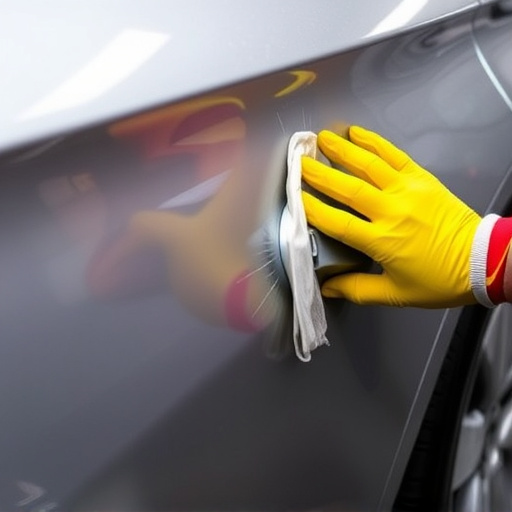
When comparing collision repair estimates, it’s crucial to break down each option meticulously. Start by reviewing the scope of work listed in detail. Verify that all anticipated repairs, from structural to cosmetic, are accurately reflected. Next, scrutinize the quality of materials and labor rates charged. Established auto repair services often adhere to industry standards for both, ensuring your vehicle receives top-tier auto body repairs.
Consider also asking for references or checking online reviews to gauge past customer satisfaction. Don’t be afraid to clarify any ambiguous points with the providers. A transparent discussion about costs, turnaround times, and guarantees will help you make an informed decision, ensuring you select the best vehicle restoration option tailored to your needs.
When comparing collision repair estimates, whether verbal or written, it’s crucial to weigh the pros and cons of each. Verbal estimates offer convenience and initial insights but lack detailed documentation. Written estimates, on the other hand, provide a comprehensive overview, ensuring transparency and facilitating informed decision-making. By understanding these differences and employing comparison tips, you can confidently navigate collision repair processes, ultimately selecting the best option for your needs.
